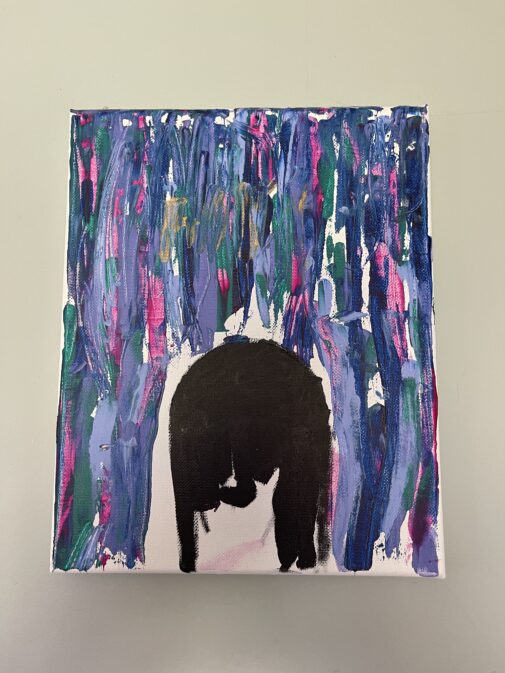Brand management tip: creativity is inherently risky. Make peace with that.
If you’re a data-driven brand marketing pro, you know the data clearly shows the importance of creative assets that generate emotion and memories. Without them, your brand risks falling into the sea of sameness and out of the minds of your target audience.
If you’re a data-driven brand marketing pro, you also know the data also clearly shows the importance of marketing research and testing, to make sure you’re being efficient and effective with your ad spend. If you have to take a creative risk, you want to make sure it’s a calculated risk.
The tension between these two sets of data creates yet another risk: deadlock and stalled growth.
As an Enneagram Type 1, I’m one of the most risk-averse people I know, and yet, as a creative video storyteller here at 515 Productions, I’ve learned to make peace with the fact that my audience isn’t going to love everything I create. It isn’t fun, but it’s reality.
Why? Because creativity is subjective. Even within a heavily-researched target audience, opinions and reactions can differ. Swifties, for example, passionately disagree over the best Era, the best song, and Travis Kelce. (Data is derived from my lived experience as the mother of a 12-year-old daughter.)
In my quest to become a more data-driven brand marketing pro, I’m becoming increasingly aware that an over-reliance on data can drive the emotion out of a piece of creative, which is problematic because it hijacks a brand’s opportunity to stick in someone’s mind. While leaning into the data is a logical way to mitigate risk and CYA, there’s also a danger in playing it too safe. I’m not sure what the landscape is like in other parts of the world, but here in the U.S., when it comes to creative video production, marketers are very reluctant to step outside the box. As a risk-averse person myself, I totally get it. Video production can be a big investment.
AND…
If you want to grow your brand’s market share, you have to get people to remember you, which means you have to try new things that not everyone else has already done. If it’s never been done before, there’s no data to indicate if you’ll win or if you’ll fail. Fortunately, there’s been great strides in pre-testing that give me great hope for a future with more certainty for client success, so that helps me sleep a little bit better at night. (Thank you, System1!)
So, what’s my point, you might be asking?
When it comes to creativity, the data can only get you so far. There comes a point when you have to trust your gut and/or the guts of your creative team, do the damn thing, and learn from whatever the results may be.
For art-forward creatives like my husband, who’s been patiently watching me spin in circles for months over this, please keep making cool shit. So far, the data has confirmed this is, in fact, critically important, and I will now believe you when you say that sometimes creative inspiration hits while watching a movie in the middle of a Tuesday afternoon. But don’t worry. I’ll keep reading and researching, and let you know if I stumble across any new info that proves otherwise.
For those still suffering from analysis paralysis, think of it this way: based on the data, not taking a risk is perhaps the riskiest move of them all.
Credit to Dr. Grace Kite and Mark Ritson for provoking these thoughts in my brain during their incredible online courses, Magic Works and Marketing Week Mini MBA, respectively. And to Les Binet and Peter Field, the researchers behind The Long and The Short Of It, which is the holy grail I continue to cling to.
The painting is by my favorite artist of all time — my daughter. I think it looks like an abstract of Prince — my second favorite artist of all time, who was one of the most prolific creative risk takers of all time.
